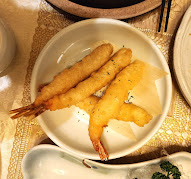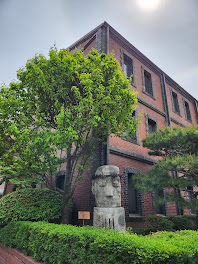Sotetsu Fresa Inn, the hotel where we stayed in Seoul is situated right next to Myeongdong Walking Street. Myeongdong is where tourists come to shop at the numerous shopping complexes and departmental stores that are aplenty in this area. But significant number of visitors come to eat at the makeshift food stalls that lined along either side of Myeongdong Walking Steet.
Every late afternoon, this Walking Street is transformed from a normal vehicular road to become pedestrian walkway. Stall owners move in their mobile stalls as early as 4pm and set up their stalls. This Street reminds me of our Jalan Alor Food Street in Kuala Lumpur. It is said that Jalan Alor Food Street offer some of the best culinary delights that Malaysia has to offer and at reasonable price, i.e. far below prices quoted in the overpriced restaurants. This cannot be said about food sold in Myeongdong Walking Street, they are comparatively more pricy!
Unlike Jalan Alor Food Street where almost all stalls are provided with dining tables and chairs by the road sides for diners to enjoy their meals, visitors to Myeongdong Walking Street do not have this privilege. They all have to eat while standing next to the stalls or find some nearby empty spots.
 |
| The baked sweet potato was good! |


























.jpg)

















.jpg)









